
Tyrus Raymond Cobb, nicknamed "the Georgia Peach", was an American professional baseball center fielder. A native of rural Narrows, Georgia, Cobb played 24 seasons in Major League Baseball (MLB). He spent 22 years with the Detroit Tigers and served as the team's player-manager for the last six, and he finished his career with the Philadelphia Athletics. In 1936, Cobb received the most votes of any player on the inaugural ballot for the National Baseball Hall of Fame, receiving 222 out of a possible 226 votes (98.2%); no other player received a higher percentage of votes until Tom Seaver in 1992. In 1999, the Sporting News ranked Cobb third on its list of "Baseball's 100 Greatest Players."
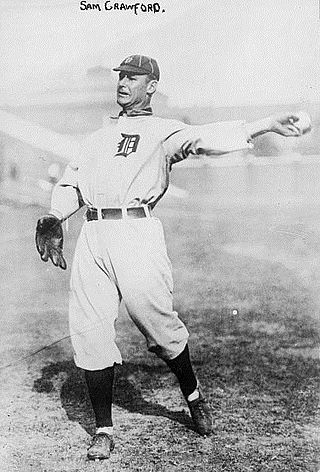
Samuel Earl Crawford, nicknamed "Wahoo Sam", was an American outfielder in Major League Baseball (MLB).

Charles Leonard Gehringer, nicknamed "the Mechanical Man", was an American professional baseball second baseman. He played for the Detroit Tigers for 19 seasons from 1924 to 1942. He compiled a .320 career batting average with 2,839 hits and 1,427 runs batted in (RBIs). He had seven seasons with more than 200 hits and was the starting second baseman and played every inning of the first six All Star Games. He won the American League batting title in 1939 with a .371 average and won the American League Most Valuable Player Award. He helped lead the Tigers to three American League pennants and the 1935 World Series championship.

Hugh Ambrose Jennings was an American professional baseball player, coach and manager from 1891 to 1925. Jennings was a leader, both as a batter and as a shortstop, with the Baltimore Orioles teams that won National League championships in 1894, 1895, and 1896. During those three seasons, Jennings had 355 runs batted in and hit .335, .386, and .401.
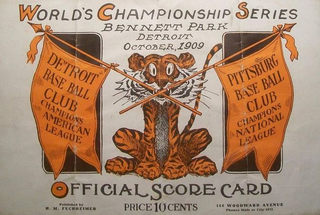
The 1909 World Series was the championship series in Major League Baseball for the 1909 season. The sixth edition of the World Series, it featured the National League champion Pittsburgh Pirates against the American League champion Detroit Tigers. The Pirates won the Series in seven games to capture their first championship of the modern Major League Baseball era and the second championship in the club's history. This Series is best remembered for featuring two of the very best players of the time, Pittsburgh shortstop Honus Wagner, and Detroit outfielder Ty Cobb.
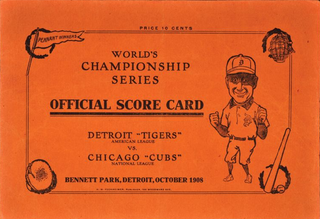
The 1908 World Series was the championship series in Major League Baseball for the 1908 season. The fifth edition of the World Series, it matched the defending National League champion Chicago Cubs against the American League champion Detroit Tigers in a rematch of the 1907 Series. In this first-ever rematch of this young event, the Cubs won in five games for their second straight World Series title.

Owen Joseph "Donie" Bush was an American professional baseball player, manager, team owner, and scout. He was active in professional baseball from 1905 until his death in 1972.

David Jefferson Jones, nicknamed "Kangaroo", was an outfielder in Major League Baseball. He played fifteen seasons with the Milwaukee Brewers / St. Louis Browns, Chicago Cubs, Detroit Tigers, Chicago White Sox, and Pittsburgh Rebels. Jones played with some of the early legends of the game, including Ty Cobb, Sam Crawford, Frank Chance, Mordecai Brown, Hugh Duffy and Jesse Burkett. Also, he played part of one year with the Chicago White Sox, where several of his teammates would later be implicated in the 1919 Black Sox scandal. Jones was immortalized in the classic 1966 baseball book The Glory of Their Times by Lawrence Ritter.

William Reginald Armour was an American professional baseball player and manager. He was the manager of the Cleveland Bronchos in 1902 when they signed Nap Lajoie to the most lucrative contract in baseball history and the manager of the Detroit Tigers when they acquired Ty Cobb in 1905.

Edwin Henry Killian, nicknamed "Twilight Ed" and the "Twilight Twirler", was an American left-handed pitcher in Major League Baseball.

Oscar Harland Stanage was an American baseball catcher. He played professional baseball for 24 years from 1903 to 1926, including 13 seasons in Major League Baseball with the Detroit Tigers.
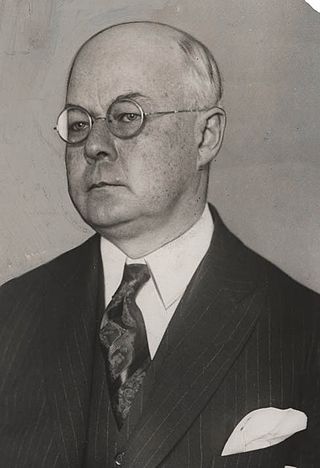
Francis Joseph Navin was an American businessman and baseball executive who was the president of the Detroit Tigers in Major League Baseball for 27 years, from 1908 to 1935. He was part-owner from 1908 to 1919, and principal owner from 1919 to 1935. He also served as vice president and, in 1927, as acting president of the American League.
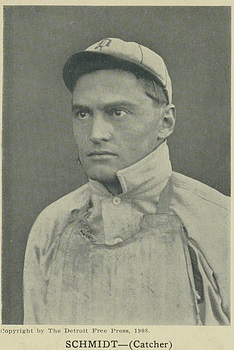
Charles "Boss" Schmidt was an American baseball catcher for the Detroit Tigers of Major League Baseball (MLB)
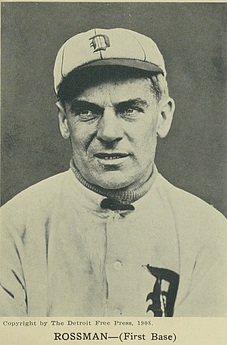
Claude R. Rossman was an American baseball player. He played professional baseball for 12 years from 1903 to 1914, principally as first baseman, including five years in Major League Baseball with the Cleveland Naps, Detroit Tigers (1907–1909) and St. Louis Browns (1909). He appeared in 511 major league games and compiled a .283 batting average and a .318 on-base percentage.

Herman Earl "Flea" Clifton, was a professional baseball player for 13 years from 1930 to 1943. He played parts of four season in Major League Baseball as an infielder for the Detroit Tigers from 1934 to 1937. He was a member of the 1935 Detroit Tigers team and was the starting third baseman in the 1935 World Series.
The 1909 Detroit Tigers won the American League pennant with a record of 98–54, but lost to the Pittsburgh Pirates in the 1909 World Series, 4 games to 3. The season was their ninth since they were charter members of the American League in 1901. It was the third consecutive season in which they won the pennant but lost the World Series. Center fielder Ty Cobb won the Triple Crown and pitcher George Mullin led the league in wins (29) and winning percentage (.784).
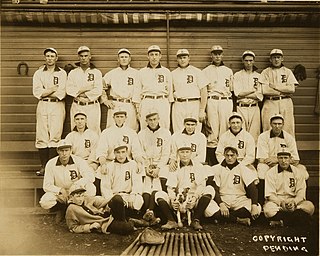
The 1907 Detroit Tigers won the American League pennant with a record of 92–58, but lost to the Chicago Cubs in the 1907 World Series, four games to none. The season was their seventh since they entered the American League in 1901.
Louis Van Zelst (1895–1915) was an American batboy, mascot, and good luck charm for the Philadelphia Athletics from 1910 to 1914. Due to an illness sustained at the age of eight, Van Zelst was a hunchback, and was not in the least self-conscious about it, urging Athletics players to rub his hump for good luck.
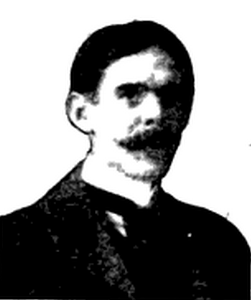
Joseph S. Jackson was an American sportswriter and editor for the Detroit Free Press, The Washington Post and The Detroit News. He was the founder and first president of the Baseball Writers' Association of America, holding the office from 1908 to 1919.

During the 1912 baseball season, center fielder Ty Cobb of the Detroit Tigers was suspended for ten days after entering the spectator stands at New York's Hilltop Park during a game and physically assaulting Claude Lucker, a heckler. At the time, Cobb was among the biggest stars in the major leagues. American League president Ban Johnson suspended Cobb and fined him $50.


















